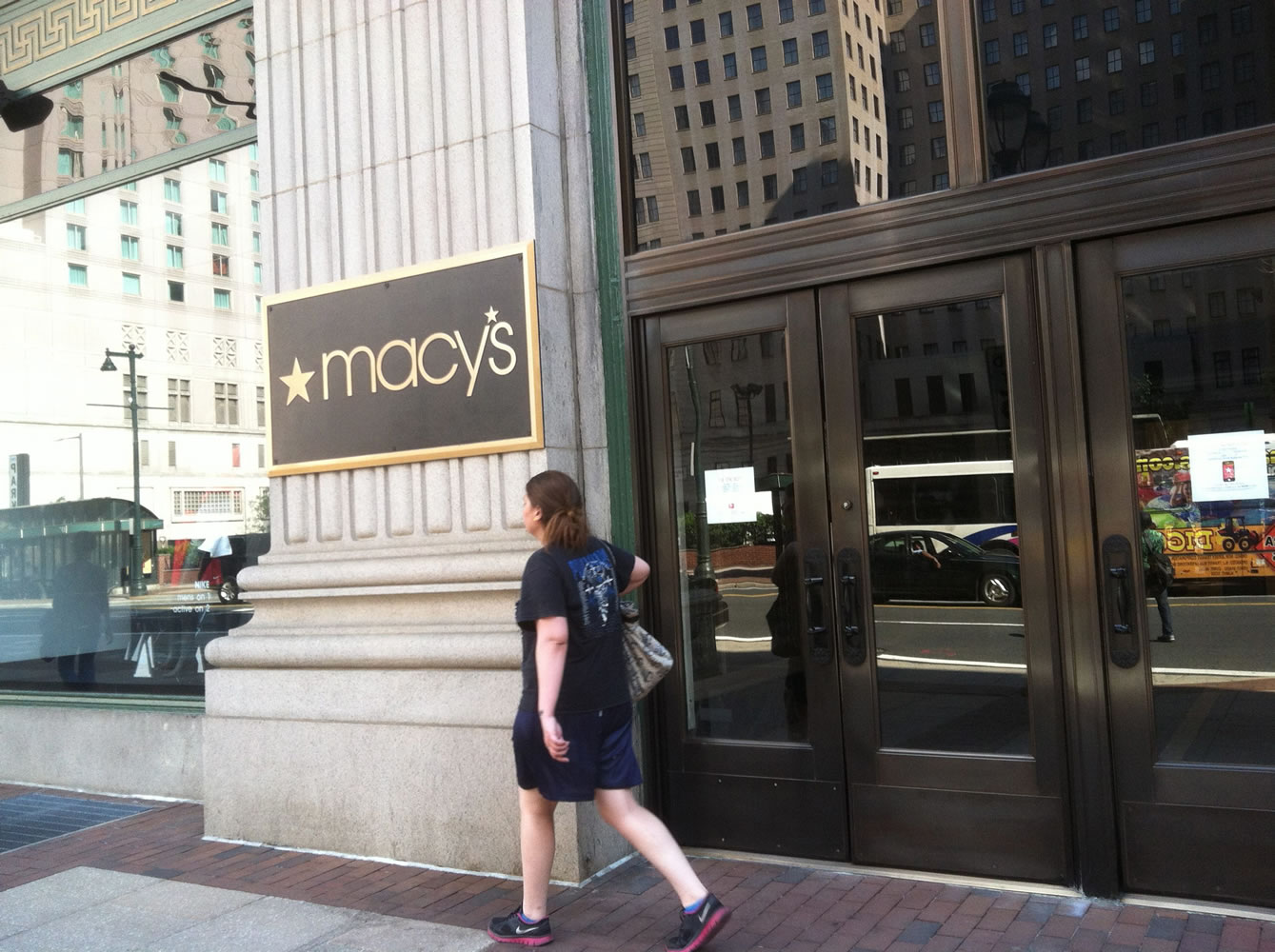PHILADELPHIA — The American middle class is disappearing, and with it, the mall anchor store.
The middle-of-the-road shopper, neither low-end nor high-end, who in recent years has become elusive for shopping malls — is the reason why Macy’s, Sears, and J.C. Penney are shutting stores.
• The number of households living below the poverty level has doubled since 2008, according to the U.S. Department of Agriculture’s Food Stamp Program. With that, disposable income has decreased.
• Off-price chain retailers such as Ross Dress for Less, Marshalls and T.J. Maxx, and high-volume, low-price, trendy upstarts such as H&M, Forever 21 are growing.
• Department stores that are the traditional mall anchors tend to have higher prices, and shoppers are looking for the best deals at the lowest prices.



